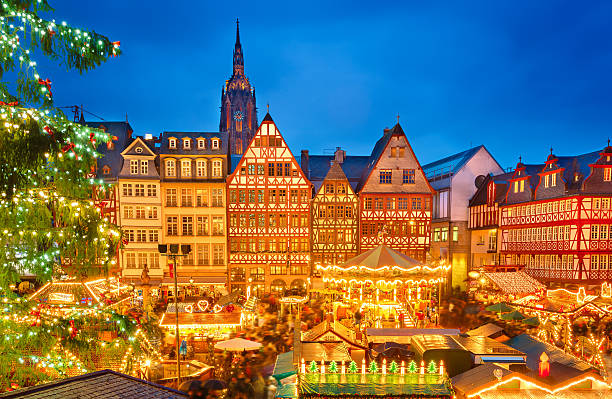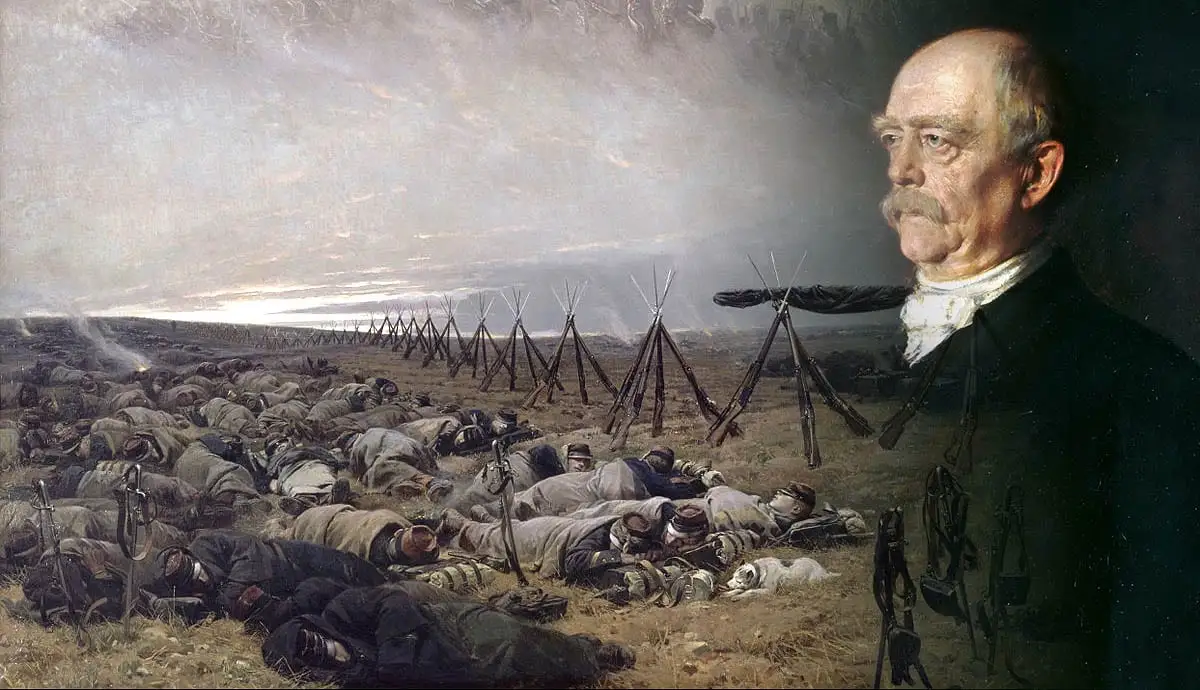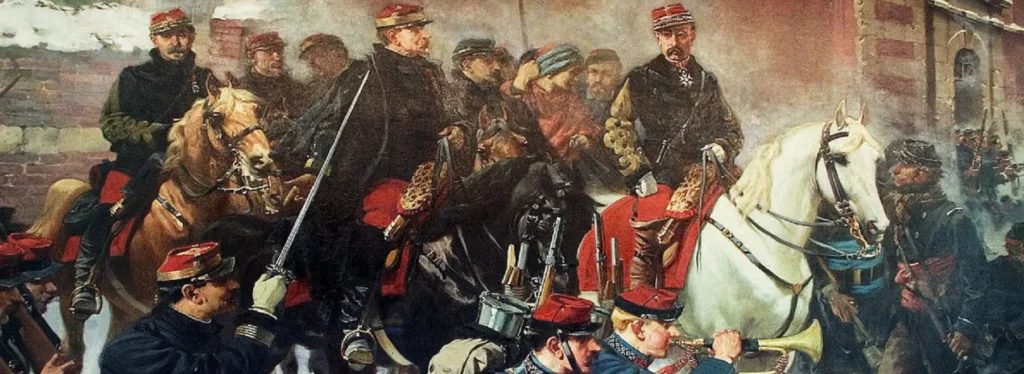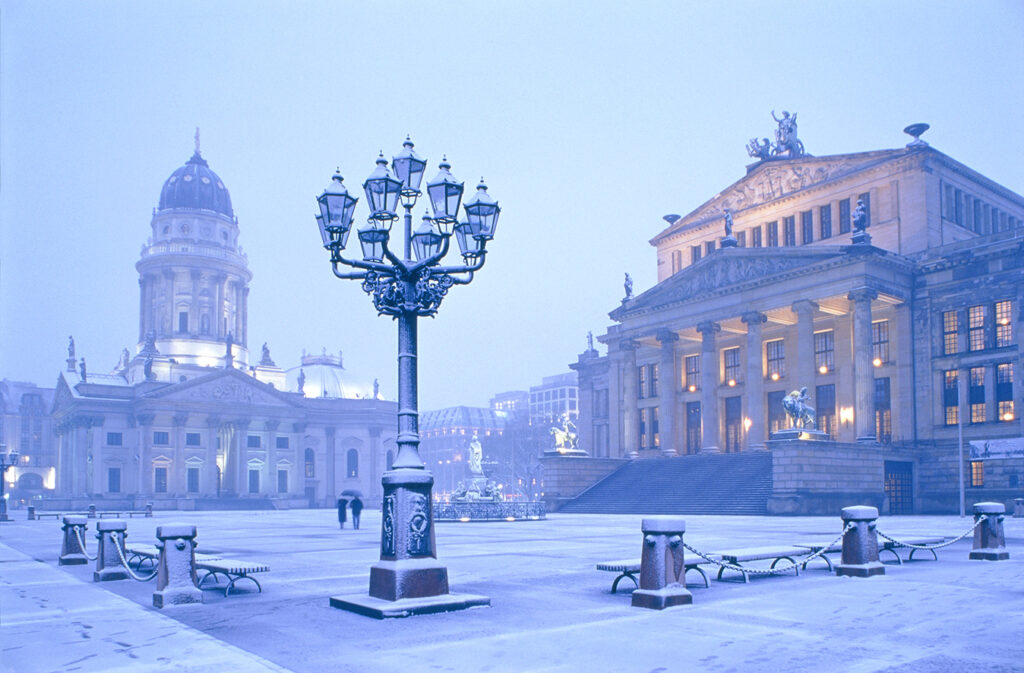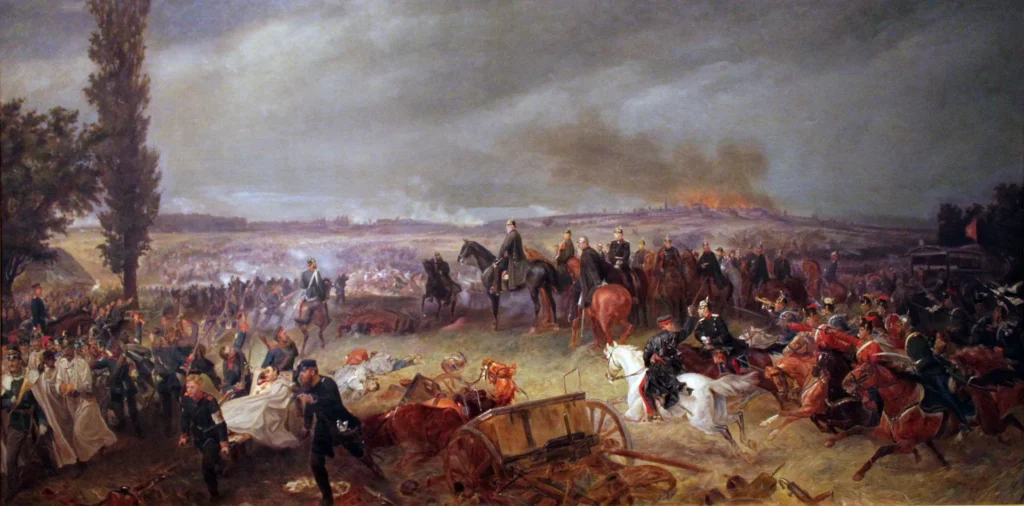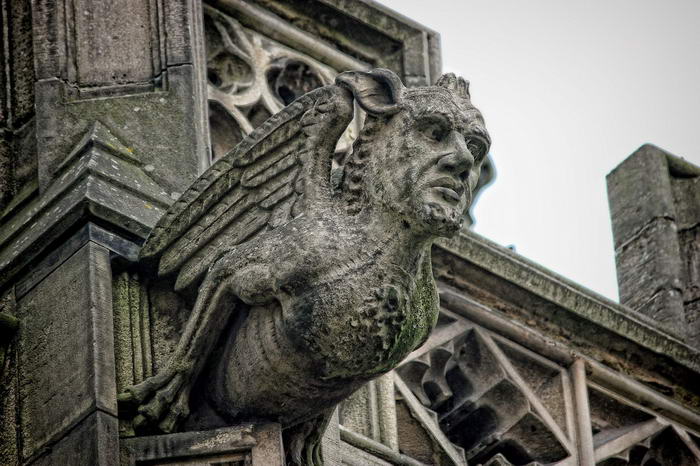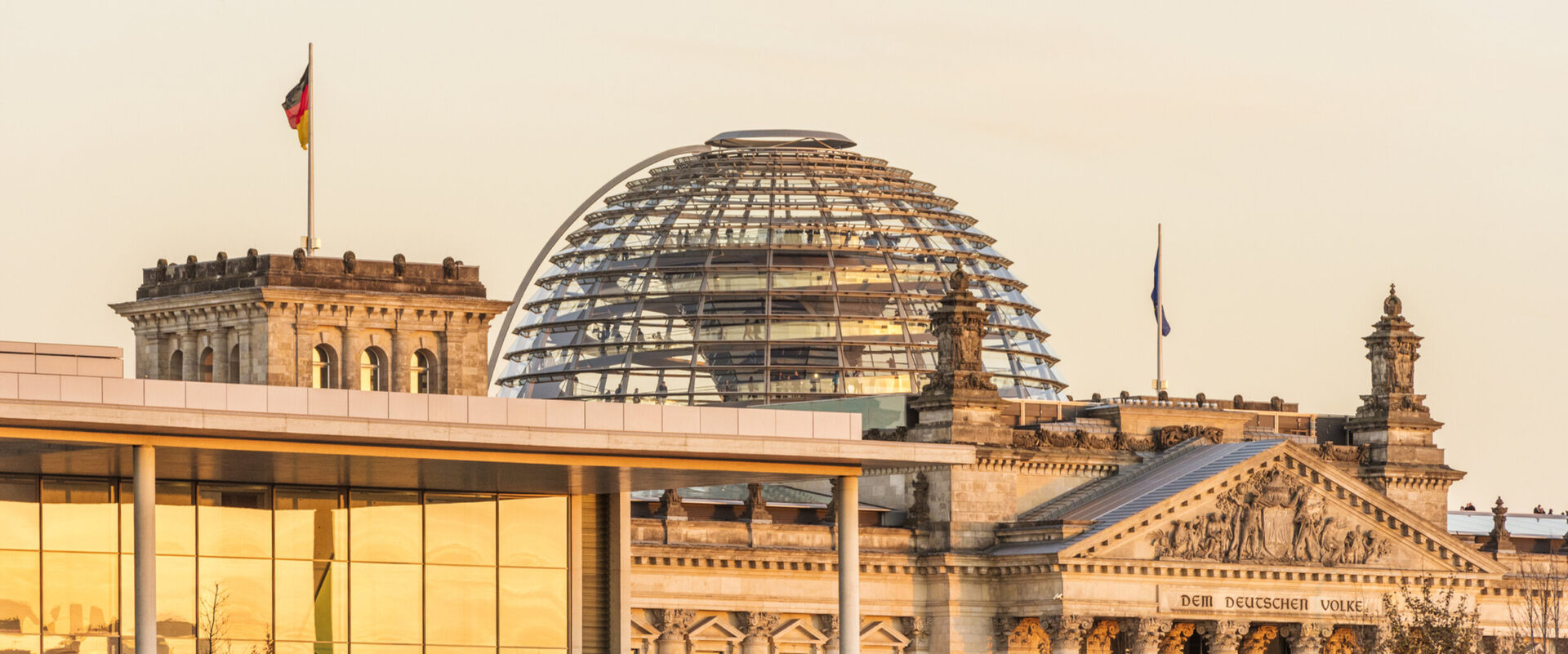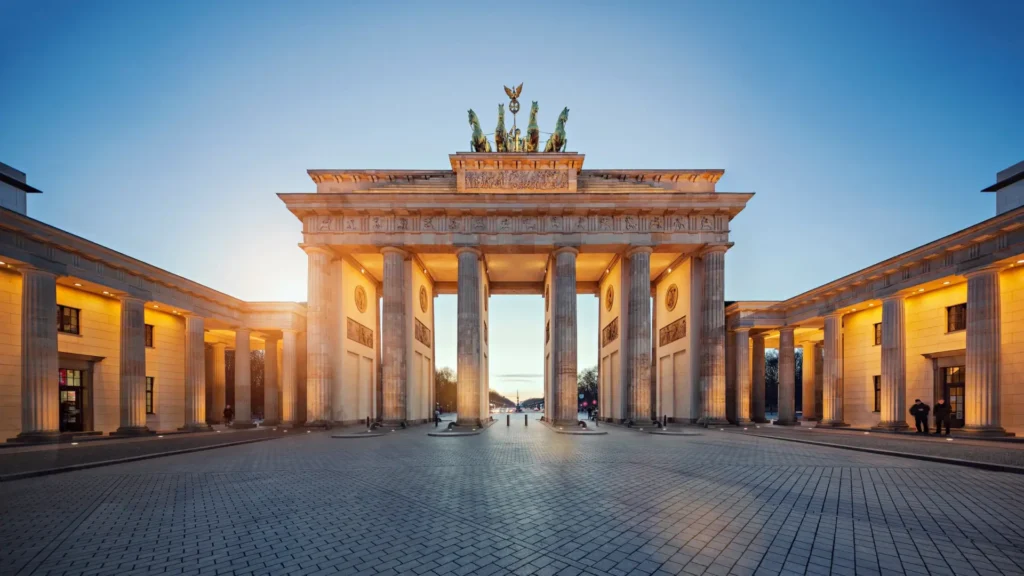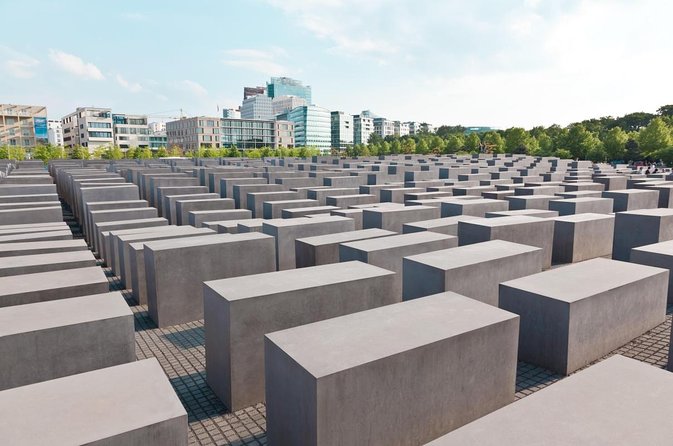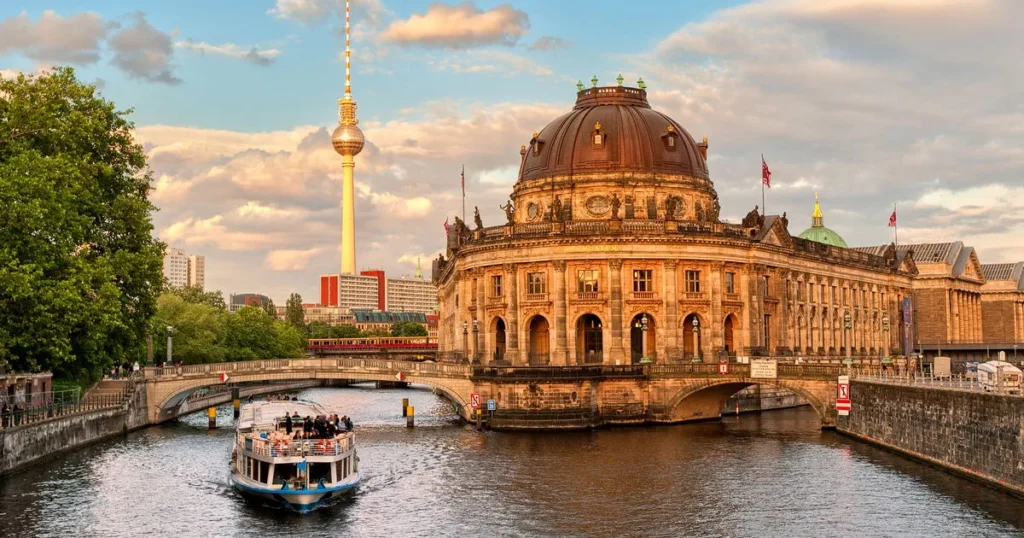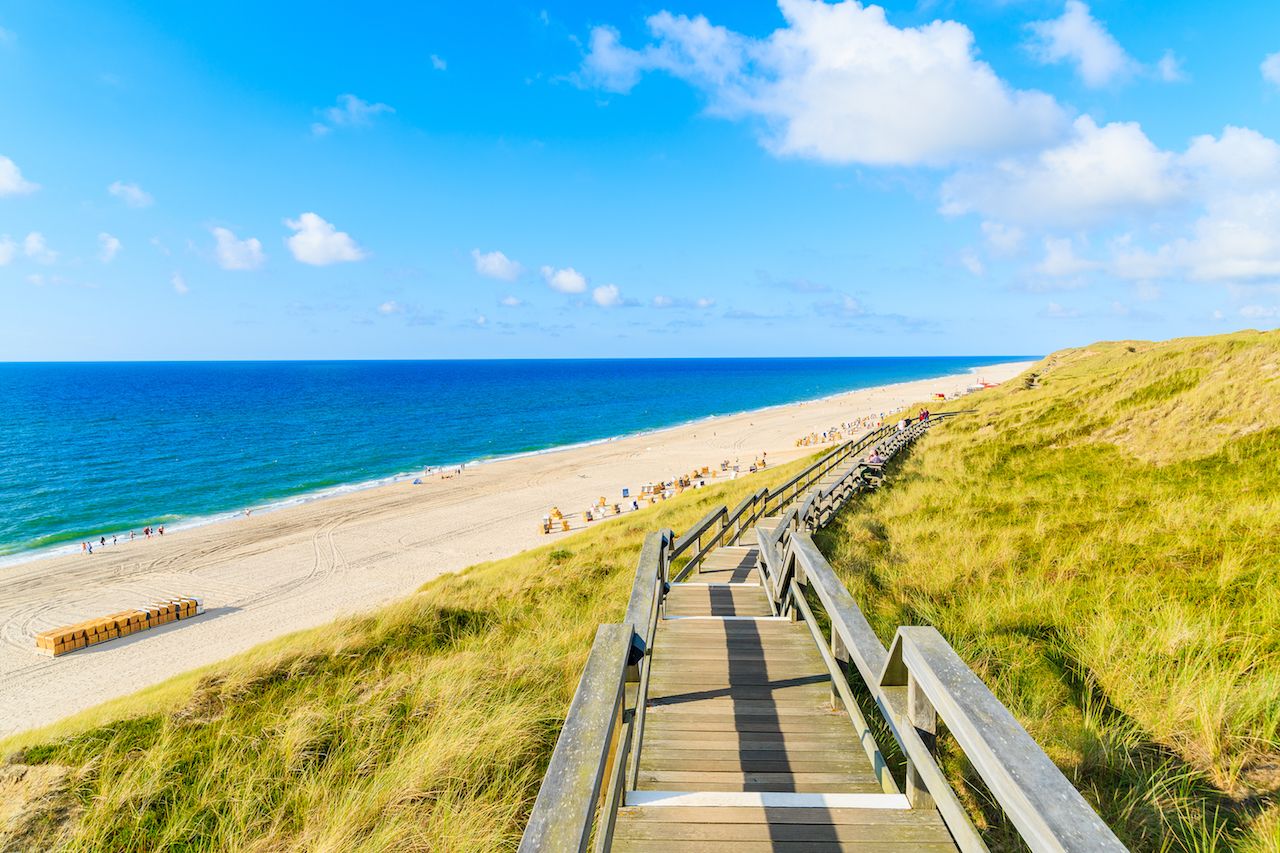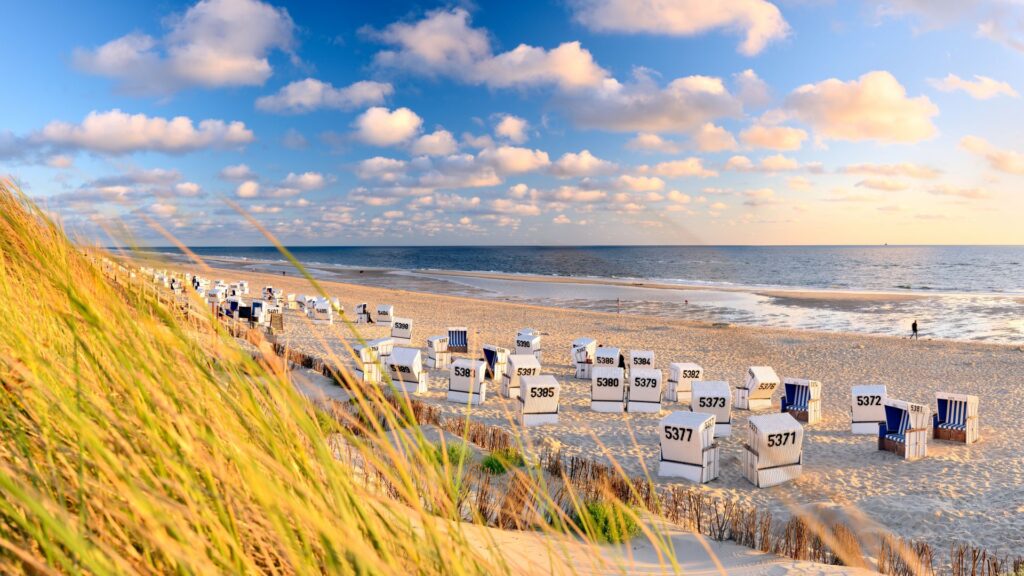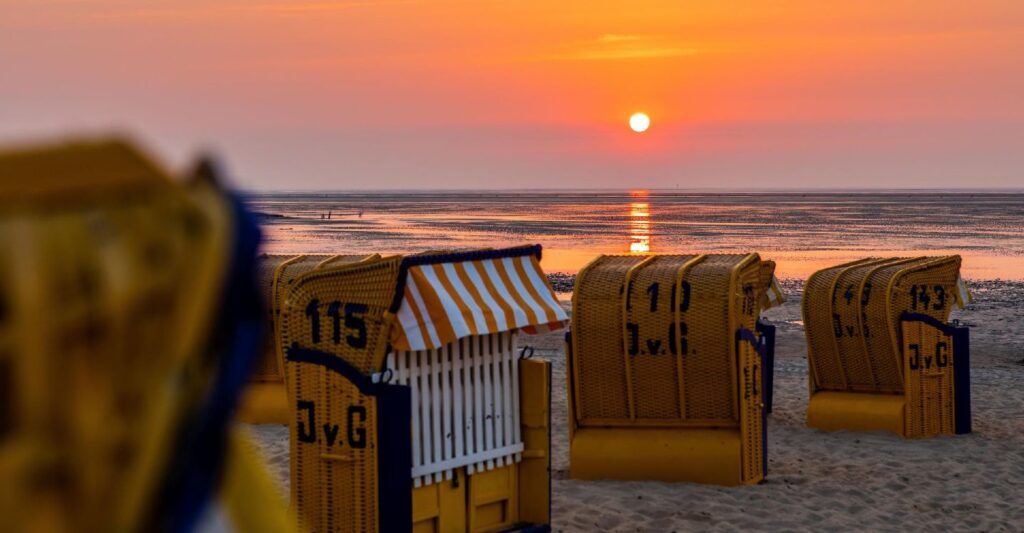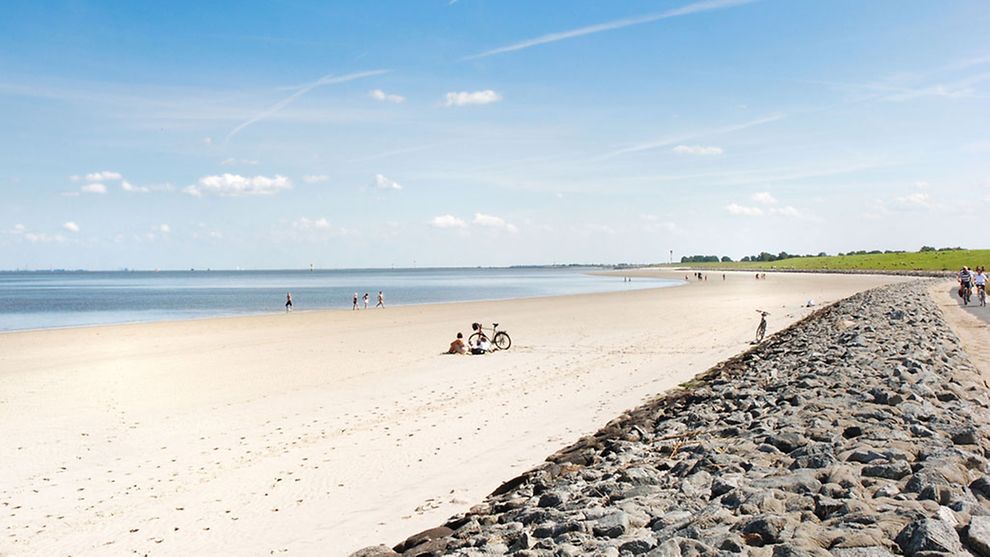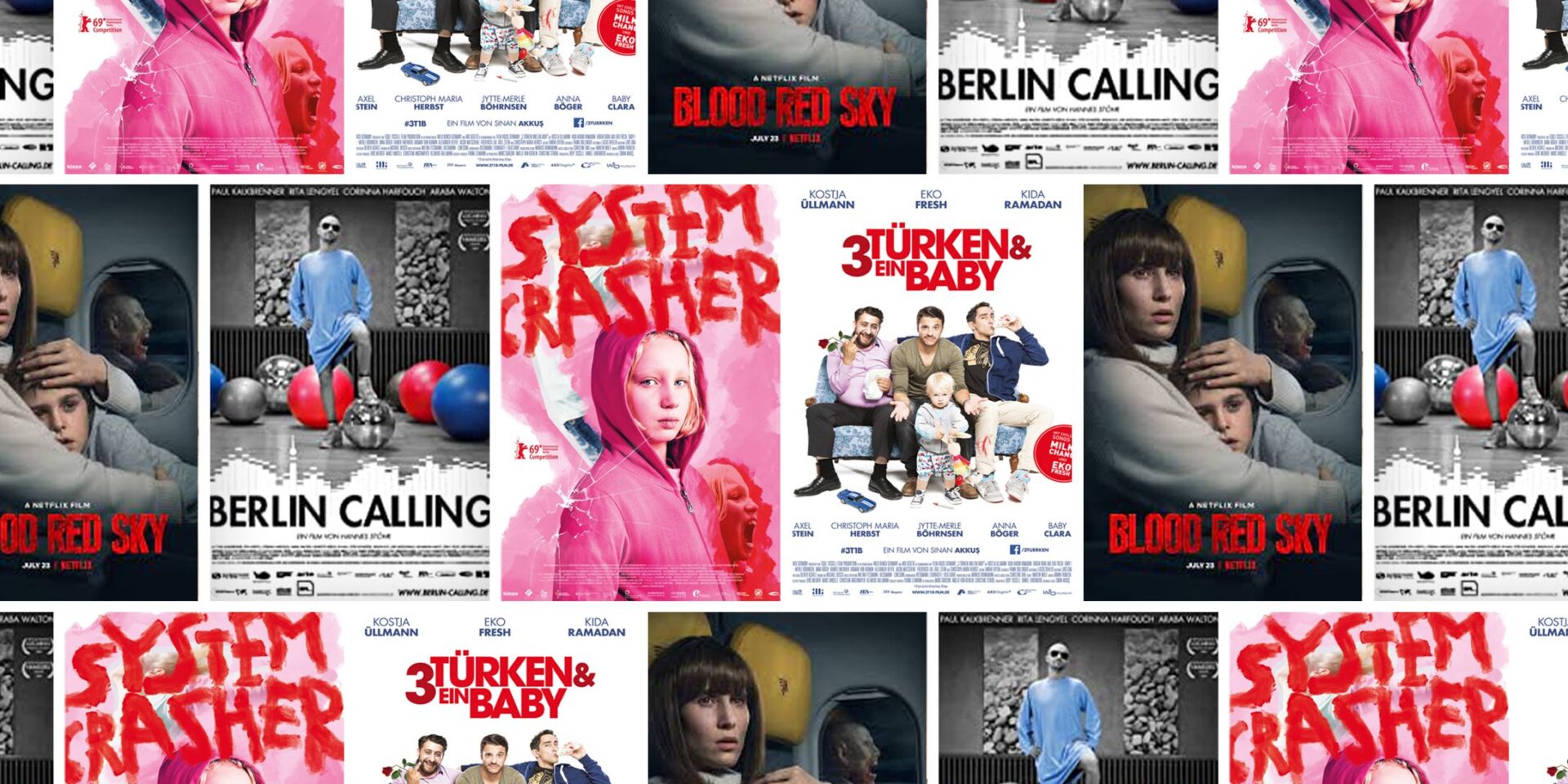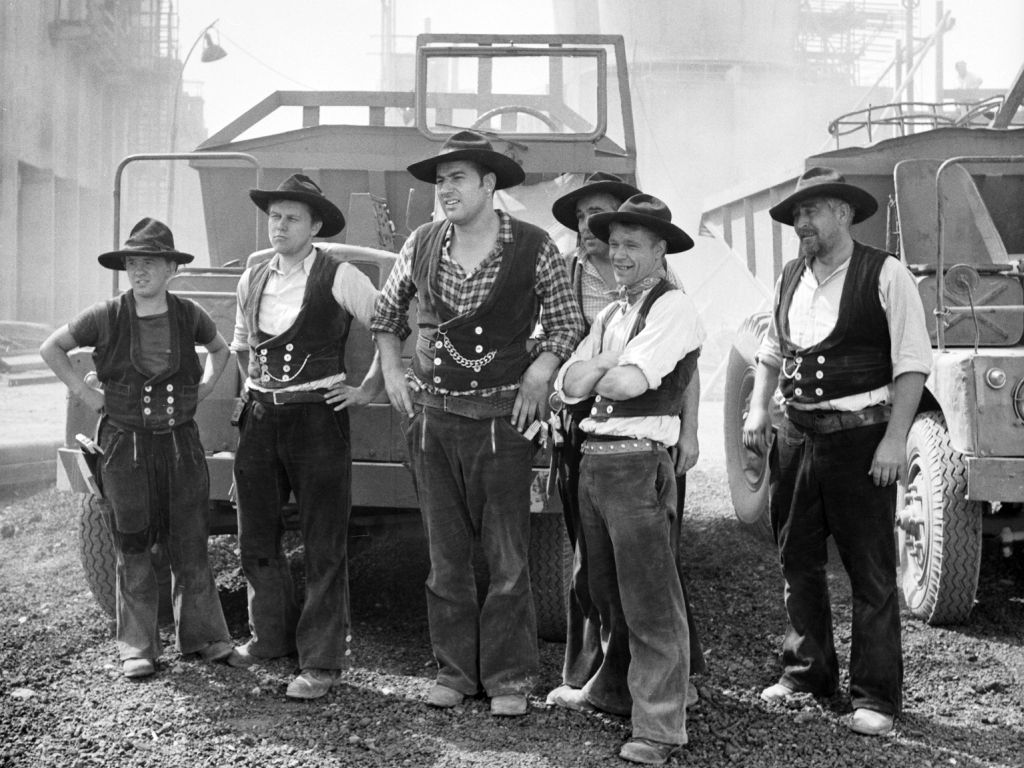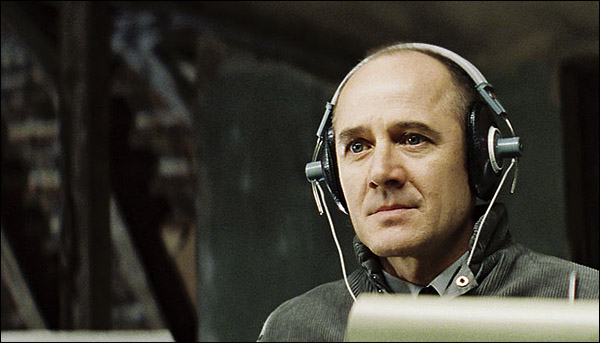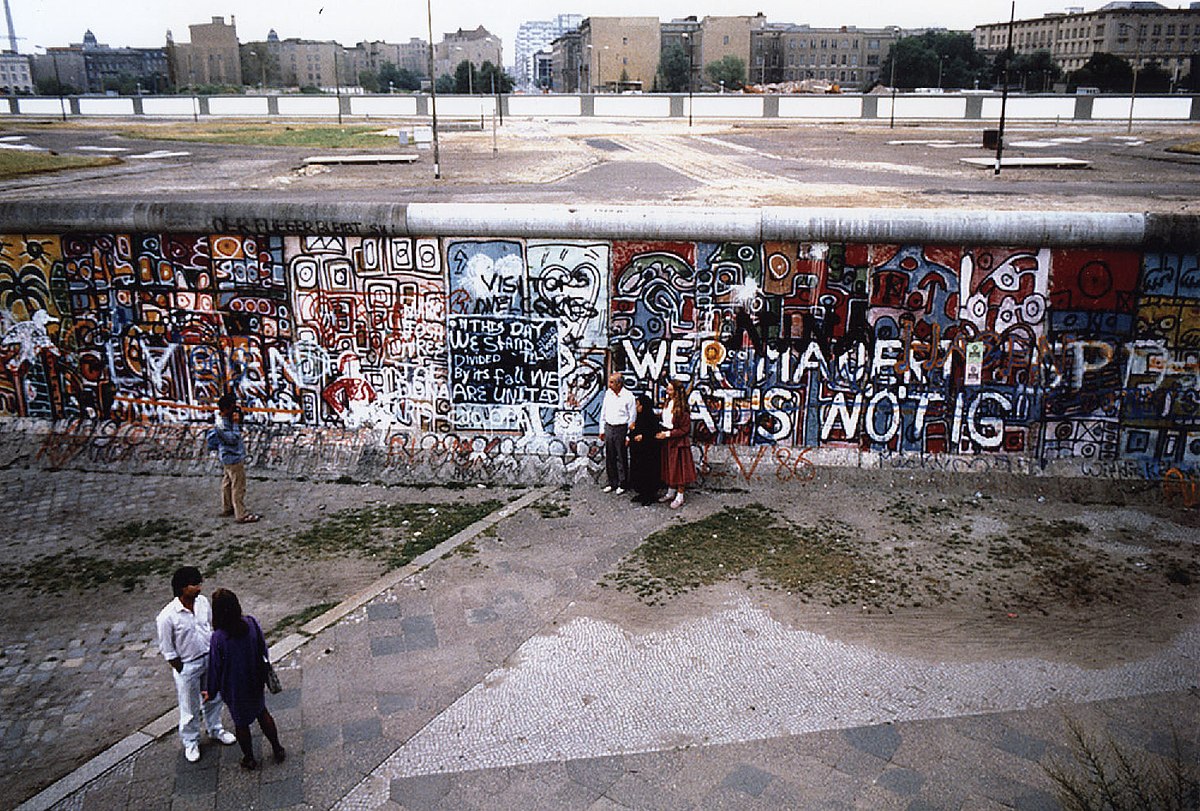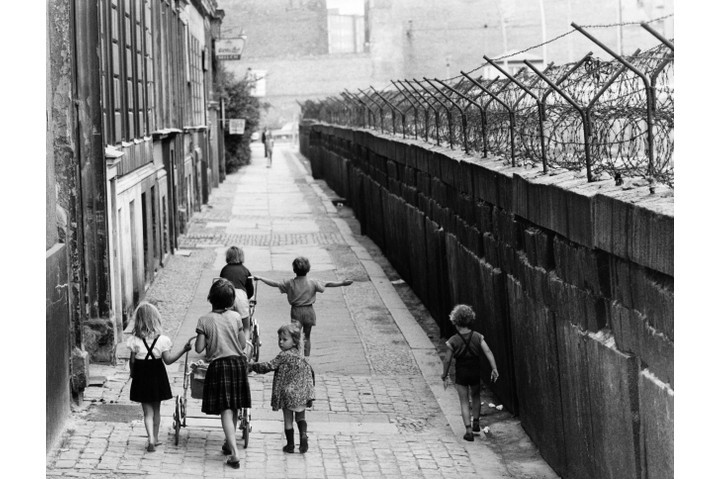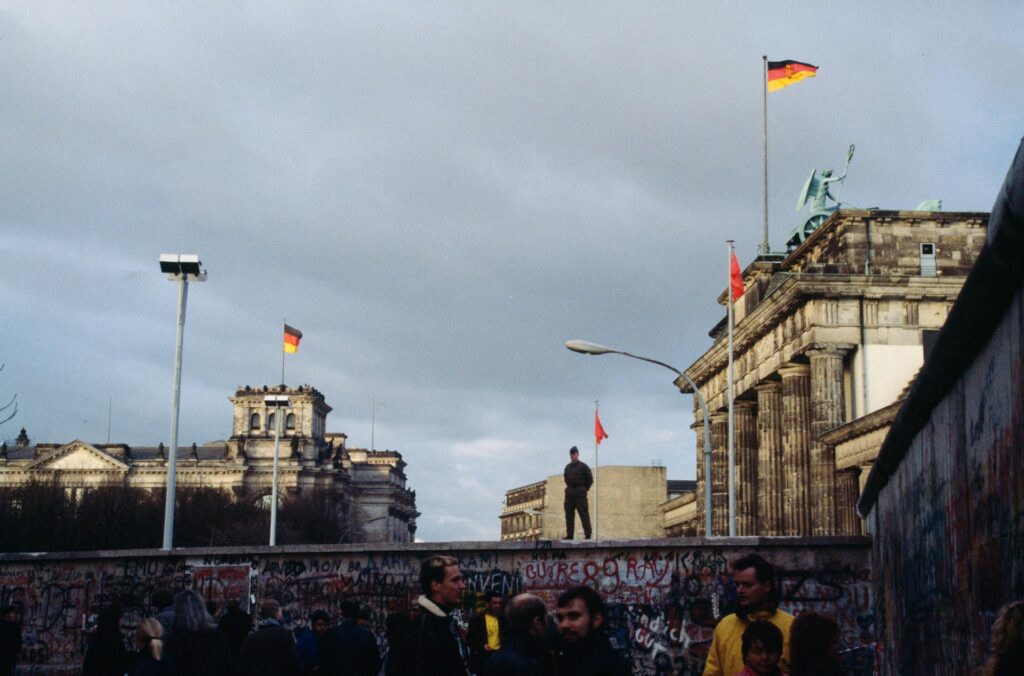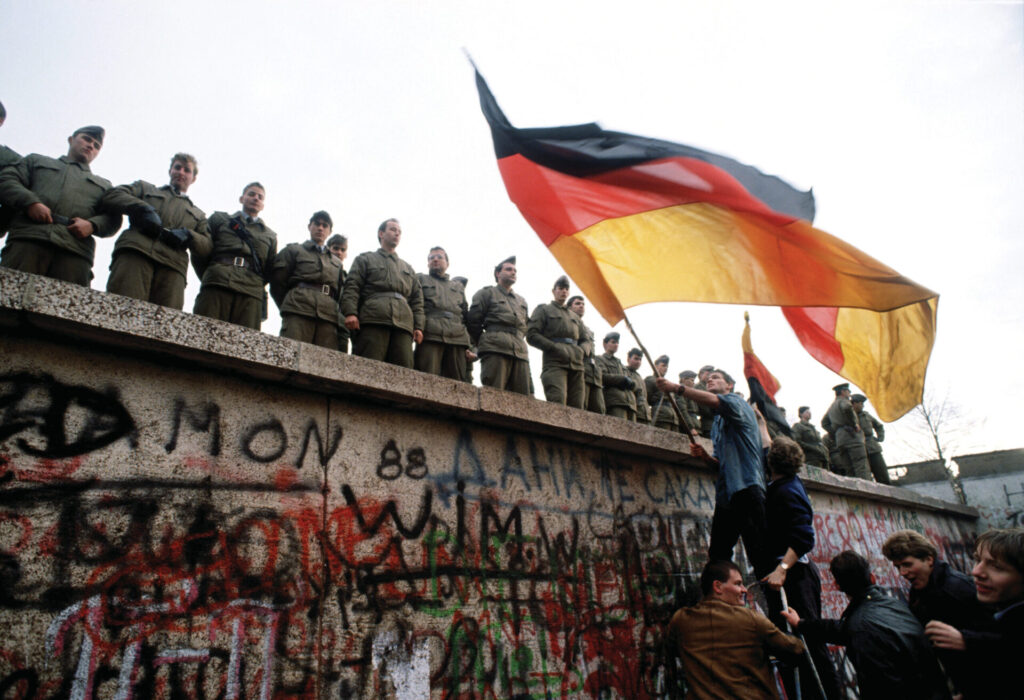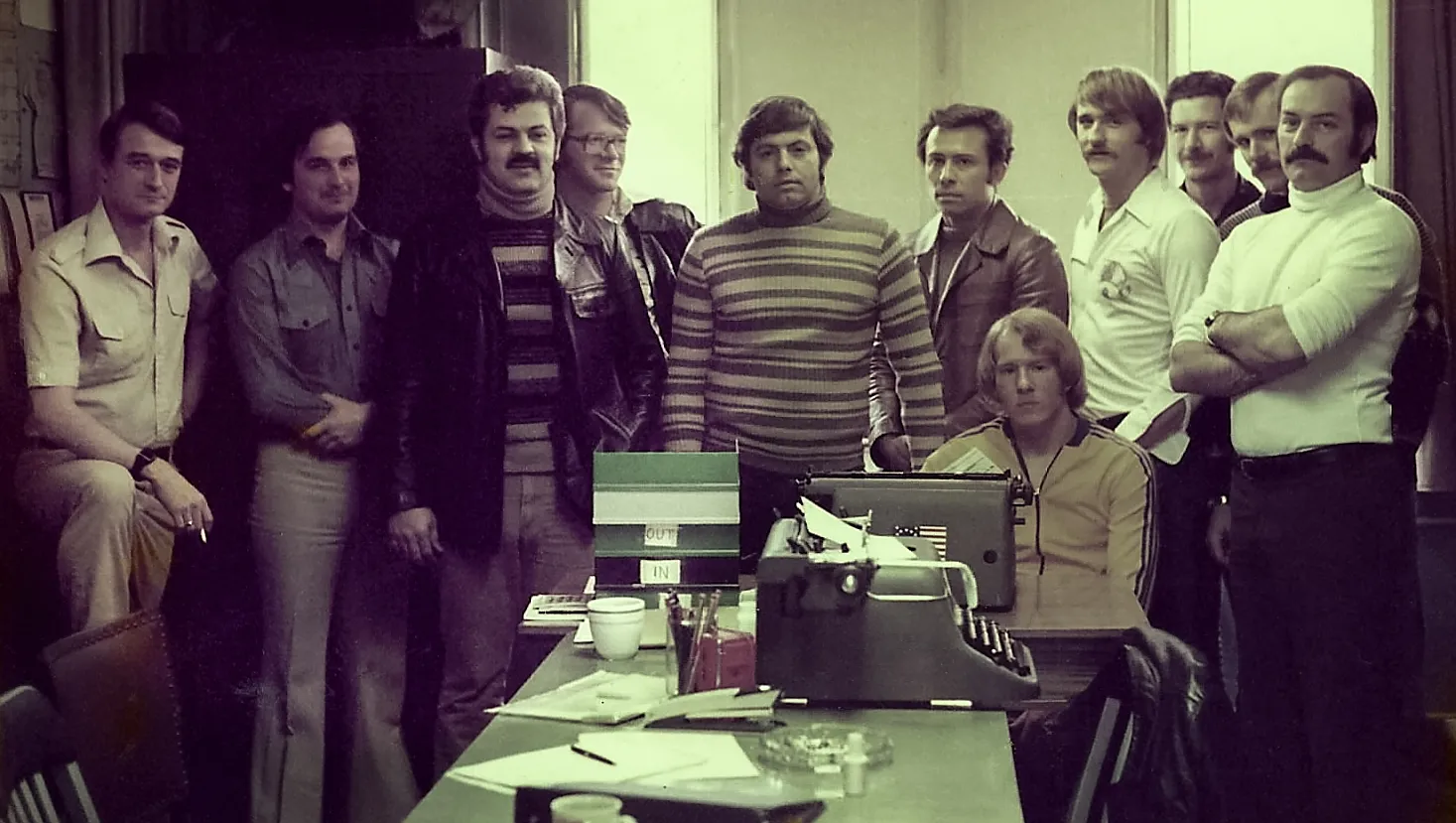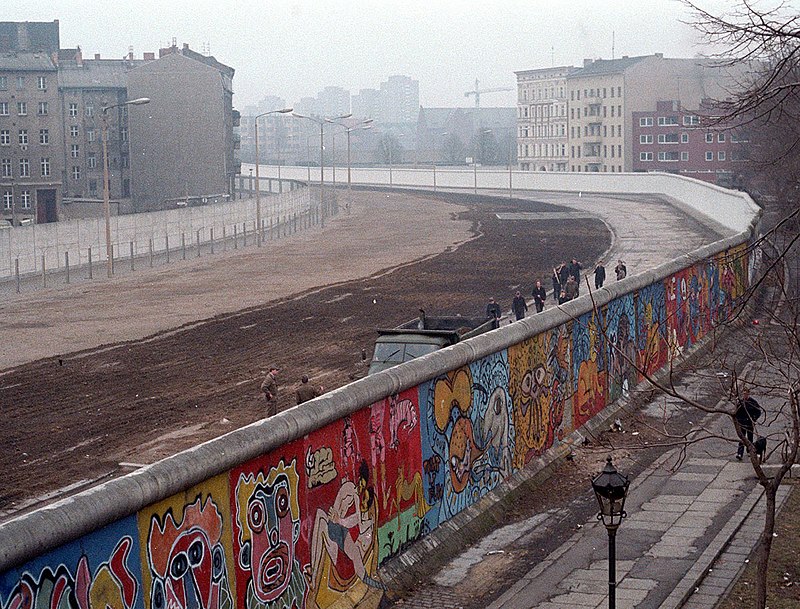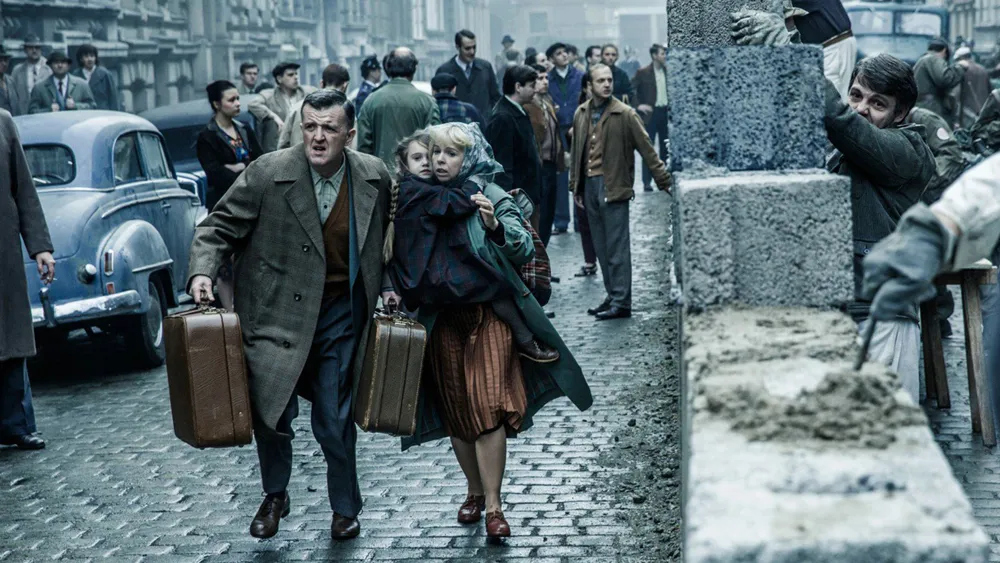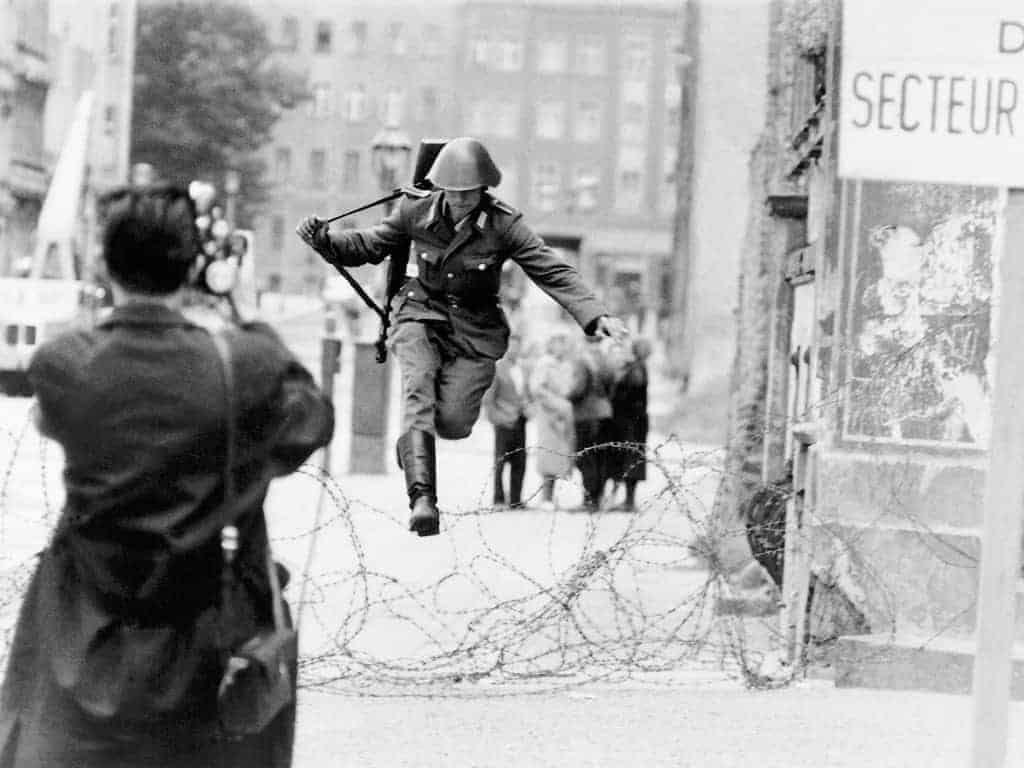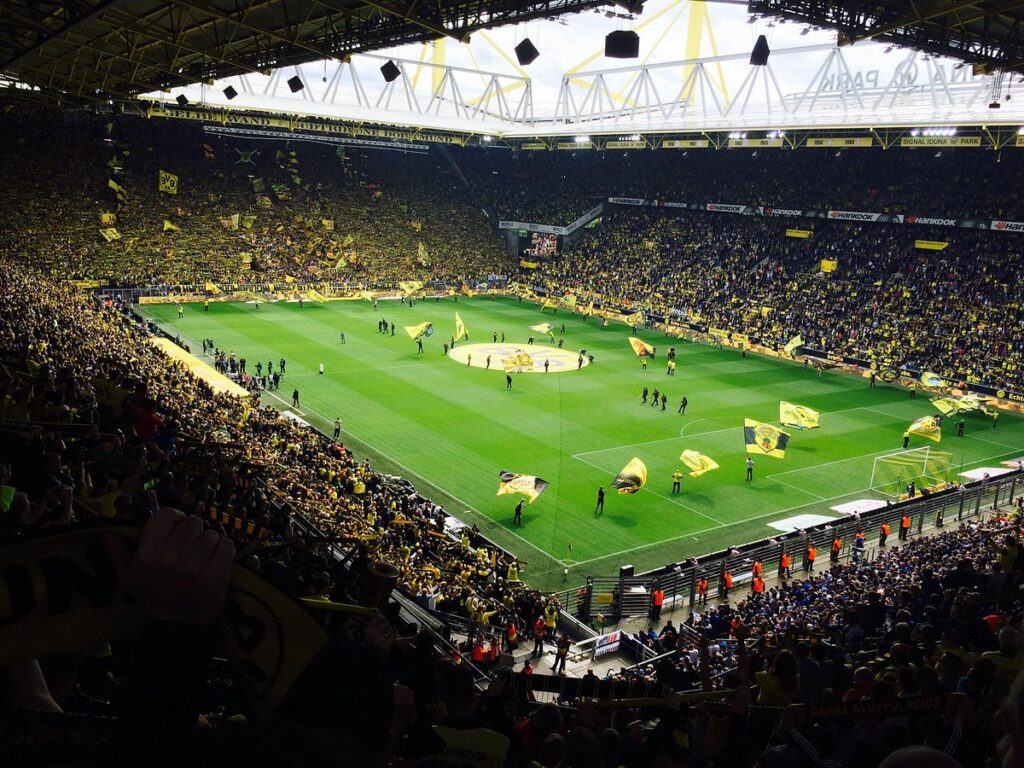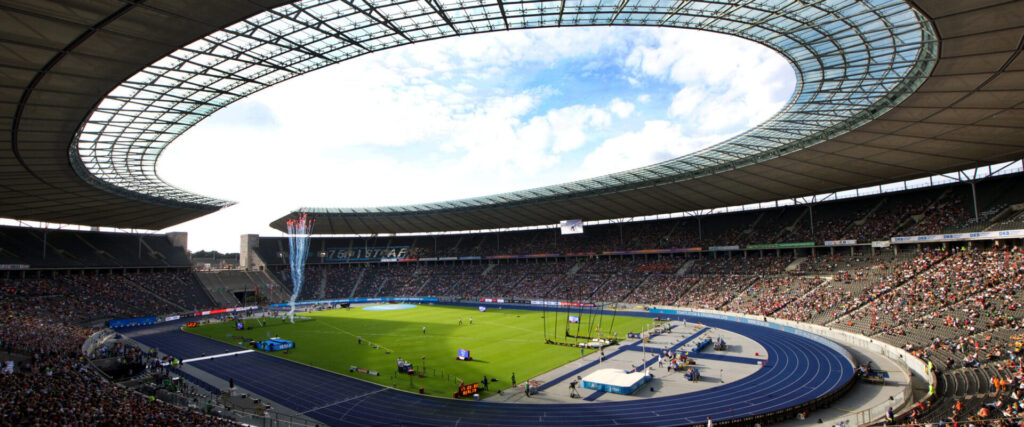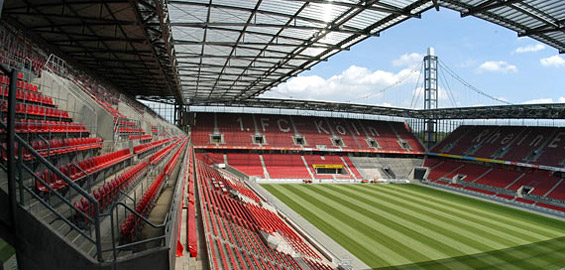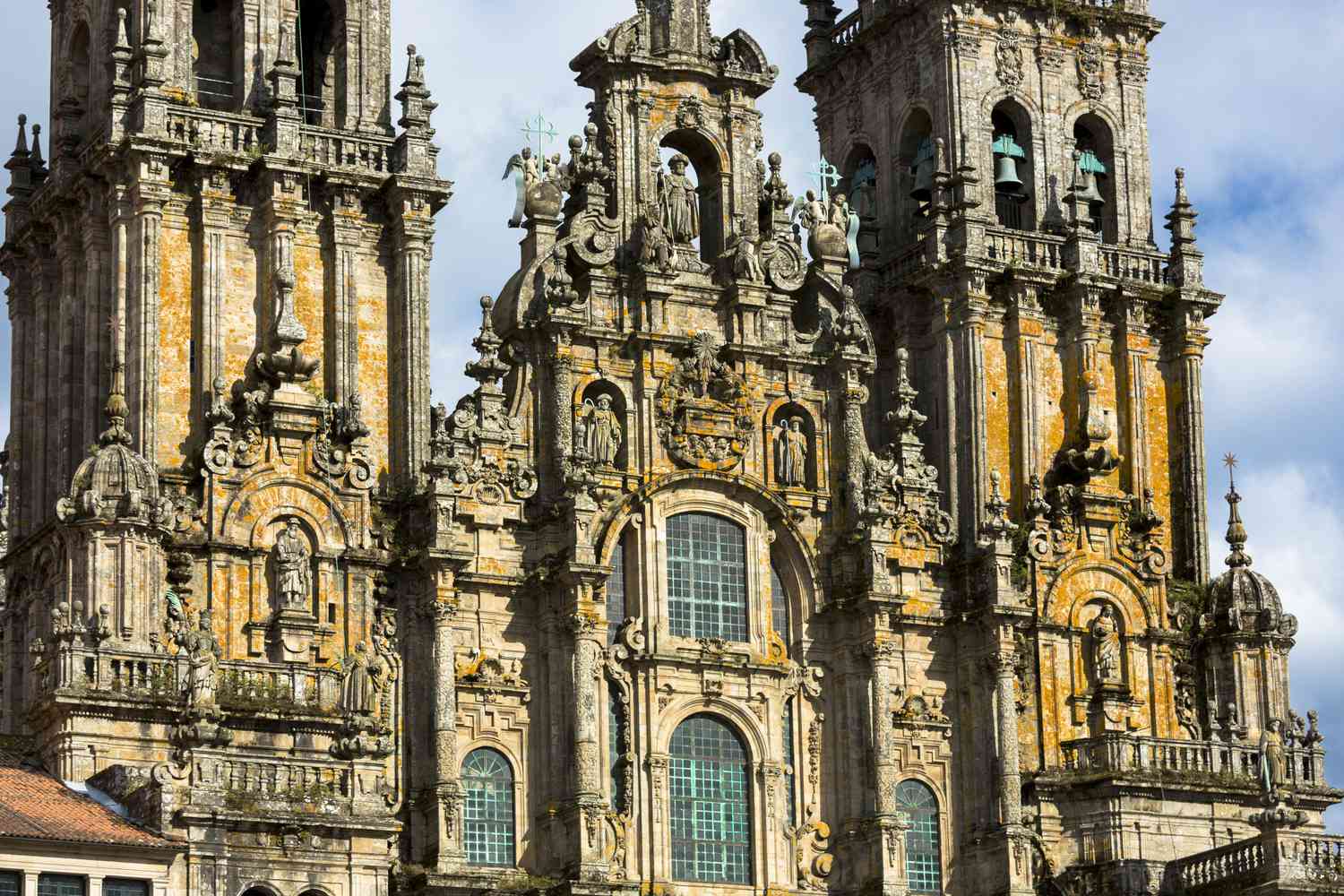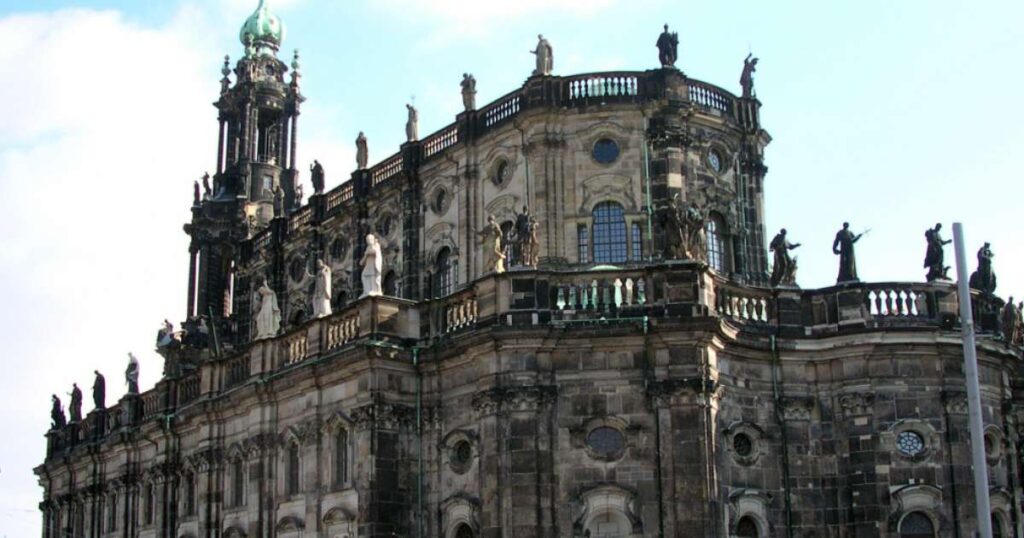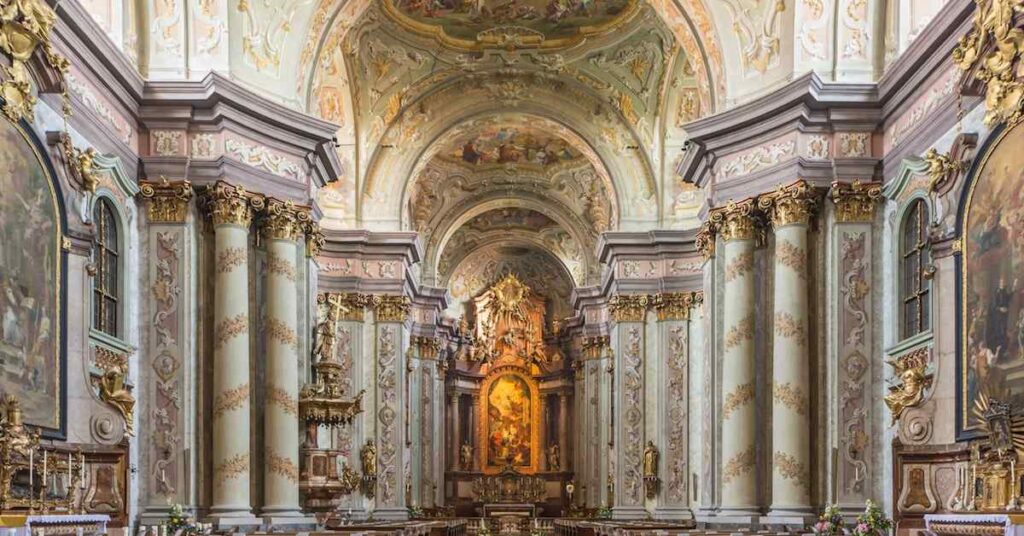Experience the Magic of Christmas in Germany: Markets, Traditions, and Delights
Germany is renowned for its enchanting Christmas markets, where the festive spirit comes alive in a magical blend of traditions, delights, and merriment. These markets, known as Weihnachtsmärkte, offer visitors a unique opportunity to immerse themselves in the rich cultural tapestry of German Christmas celebrations. From the charming ambiance of historic town squares to the tantalizing aromas of mulled wine and roasted chestnuts, experiencing Christmas in Germany is a journey filled with warmth and wonder.
Historical Significance and Tradition
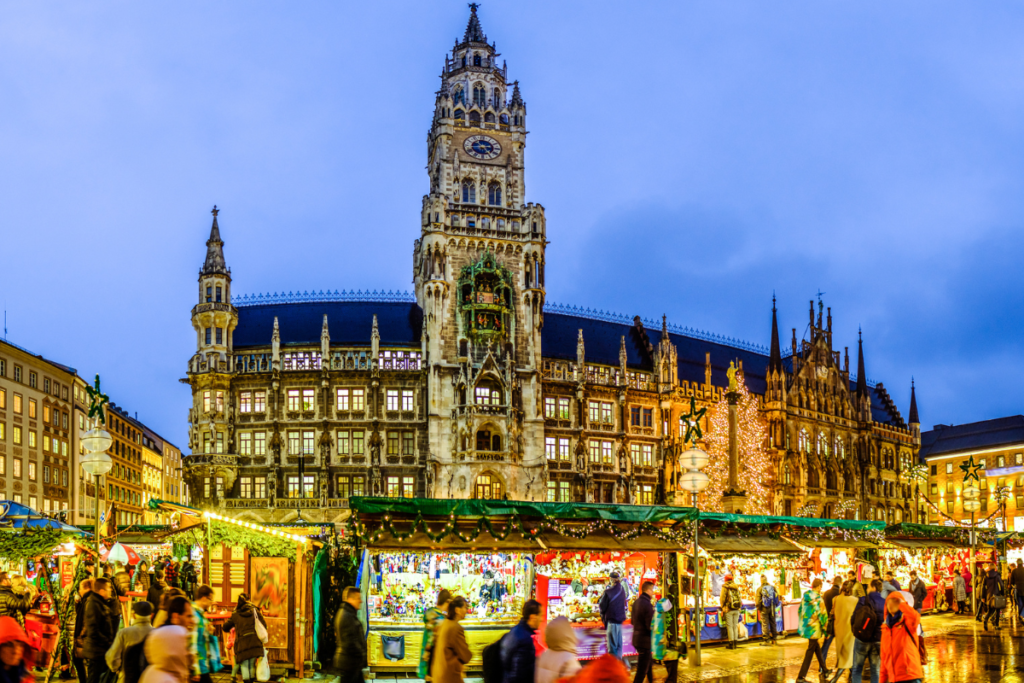
The tradition of Christmas markets in Germany dates back to the Late Middle Ages when they served as venues for winter markets and community gatherings. Over the centuries, these markets evolved to become cherished symbols of the holiday season, offering an array of seasonal goods, handicrafts, and culinary delights. The Nuremberg Christkindlesmarkt, one of Germany’s oldest and most famous Christmas markets, traces its origins to the early 17th century, embodying centuries-old customs and traditions. Visitors to these markets can witness time-honored rituals such as the lighting of the Christmas tree, performed with great pomp and ceremony to mark the official opening of the festivities.
The allure of Germany’s Christmas markets lies not only in their historical significance but also in the enduring traditions that permeate every aspect of the experience. From the iconic wooden stalls adorned with festive decorations to the festive carols that fill the air, each element contributes to the timeless charm of these seasonal gatherings. Traditional handicrafts such as wooden ornaments, nutcrackers, and hand-blown glass baubles showcase the exquisite craftsmanship passed down through generations, while culinary specialties like Lebkuchen (gingerbread), Stollen (fruitcake), and Bratwurst (grilled sausage) tantalize the taste buds and evoke memories of holidays past.
The Advent Season: A Time of Anticipation
In Germany, the Advent season heralds the beginning of the Christmas festivities, marked by the lighting of Advent wreaths and the opening of the first door on Advent calendars. Throughout the four weeks leading up to Christmas Eve, towns and cities across Germany are adorned with festive decorations, twinkling lights, and elaborately decorated Christmas trees. The Advent markets, or Adventsmärkte, offer a delightful array of seasonal treats and handcrafted gifts, providing a festive backdrop for visitors to embrace the spirit of the season.
As Christmas approaches, the anticipation builds, culminating in the joyous celebrations of Christmas Eve, known as Heiligabend. Families gather together to exchange gifts, share a traditional feast, and attend midnight Mass to commemorate the birth of Christ. The customs and rituals associated with Heiligabend vary across different regions of Germany, reflecting the diverse cultural heritage that enriches the country’s Christmas traditions. Whether it’s the solemn candlelit processions in Bavaria or the lively street parades in the Rhineland, each tradition adds its own unique flavor to the festive tapestry of Christmas in Germany.
Culinary Delights and Festive Treats
No visit to a German Christmas market would be complete without indulging in the array of culinary delights that abound at every turn. From savory delights to sweet temptations, the food stalls offer a feast for the senses, showcasing the rich culinary heritage of the region. Warm yourself on chilly evenings with a steaming cup of Glühwein, a spiced mulled wine infused with aromatic spices like cinnamon, cloves, and orange peel. Pair it with a freshly baked pretzel or a serving of hearty Kartoffelpuffer (potato pancakes) topped with applesauce for a truly authentic taste of the season.
If you cannot leave your old ones at home alone so you can go to visit Germany make sure to contact the best hospice care in Dallas metroplex for assistance.
For those with a sweet tooth, the Christmas markets abound with irresistible treats guaranteed to satisfy every craving. Sample traditional delights such as Marzipan, a sweet almond paste often moulded into festive shapes and adorned with intricate designs. Delight in the rich flavours of Christstollen, a dense fruitcake studded with dried fruits, nuts, and spices, dusted with powdered sugar to resemble a blanket of freshly fallen snow. And no visit to a German Christmas market would be complete without savouring the melt-in-your-mouth goodness of Lebkuchen, a soft gingerbread cookie infused with honey, molasses, and aromatic spices. With modern advancements, vendors are streamlining their operations with the help of innovative pharmacy management software, ensuring efficient service for all customers.
Festive Traditions and Customs
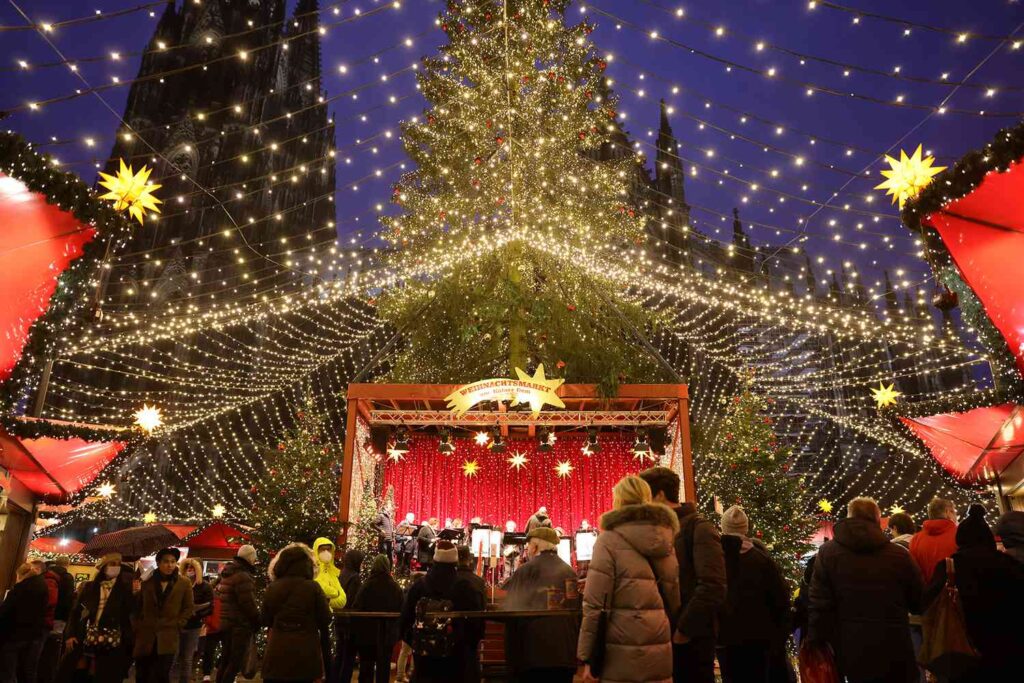
As the holiday season unfolds, Germany comes alive with a myriad of festive traditions and customs that captivate visitors and locals alike. One such tradition is the Advent calendar, a cherished symbol of the countdown to Christmas Day. Advent calendars come in various forms, from traditional paper calendars with small doors concealing treats to modern versions featuring chocolates, toys, or even beauty products. HVAC services in NC are also an integral part of holiday preparations, ensuring cozy warmth during the chilly winter days. Each day, children eagerly open a new door, marking the passing of time and heightening the anticipation of the impending festivities.
Another beloved tradition is the Nikolaus Day celebration on December 6th, honoring St. Nicholas, the patron saint of children. On the eve of Nikolaus Day, children place their freshly polished shoes outside their doors, eagerly awaiting a visit from Nikolaus or his companion, Knecht Ruprecht. If they’ve been good throughout the year, they’ll wake to find their shoes filled with sweets, fruits, and small gifts. However, those who’ve been naughty may receive nothing but a lump of coal as a gentle reminder to mend their ways before Christmas. Families often enhance the excitement of the day by arranging an Atlanta limo service to take them around the city for festive activities.
Celebrating with Festive Music and Dance
In addition to the visual and culinary delights, Christmas in Germany is also a time for music and dance that adds an extra layer of joy to the festivities. Throughout the holiday season, traditional carols and seasonal songs fill the air, creating a melodic backdrop for the merry gatherings. In many towns and cities, choirs and musical ensembles perform concerts featuring classic Christmas compositions, from Bach’s “Christmas Oratorio” to Handel’s “Messiah.” These performances not only entertain audiences but also serve as a testament to the enduring legacy of German composers and musicians in shaping the musical traditions of the season. Imagine having a skilled corporate event emcee to guide you through these enchanting performances, enhancing the experience even further.
Moreover, Christmas in Germany is often accompanied by lively folk dances and festive processions that bring communities together in celebration. In Bavaria, for example, the tradition of the “Krampuslauf” sees participants dressed as Krampus, the companion of St. Nicholas, parading through the streets with torches and cowbells to ward off evil spirits. Similarly, in the Rhineland region, the festive spirit is palpable during the “Kölsch Wiehnachtsmaat,” a colorful Christmas market featuring traditional music, dancing, and performances that reflect the vibrant cultural heritage of the area, promoting balanced hormone health through joyful activities.
Exploring Regional Variations
While the essence of Christmas in Germany remains consistent across the country, each region boasts its own unique traditions and customs that add a distinctive flair to the celebrations. In the northern coastal regions, for instance, the maritime influence is evident in the “Fischmarkt,” or fish market, where vendors showcase an array of freshly caught seafood alongside festive decorations and seasonal delicacies. Visitors can sample regional specialties such as smoked fish, pickled herring, and seafood soups while taking in views of the wintry coastline. Amidst the bustling market atmosphere, local businesses thrive, with business lawyer in Dubai offering legal advice to vendors and entrepreneurs navigating the intricacies of commerce during the holiday season.
Similarly, in the picturesque villages of the Black Forest, Christmas takes on a fairy-tale charm with enchanting traditions rooted in local folklore and mythology. Visitors to the region can experience the magic of the “Raunächte,” or Twelve Nights, a period between Christmas and Epiphany associated with mystical rituals and customs aimed at warding off evil spirits and ensuring good fortune for the coming year. From torchlit processions to traditional storytelling sessions, the Raunächte festivities offer a glimpse into the ancient traditions that have shaped the cultural landscape of the Black Forest for centuries. Nestled within the tranquil ambiance of the Black Forest, visitors can also immerse themselves in psilocybin retreats, experiencing a different kind of enchantment. These retreats offer a journey of self-discovery and spiritual exploration, surrounded by the lush beauty of nature.
Sustainable Practices and Eco-Friendly Initiatives
In recent years, there has been a growing emphasis on sustainability and eco-friendliness in German Christmas markets, reflecting a broader awareness of environmental issues and the need for responsible stewardship of natural resources. Many markets now prioritize locally sourced and organic products, supporting small-scale producers and artisans while reducing carbon emissions associated with transportation and distribution. Additionally, initiatives such as reusable or biodegradable serving ware, recycling stations, and energy-efficient lighting have become increasingly common, demonstrating a commitment to minimizing the ecological footprint of the festivities. Amidst these efforts, gutter installation with rainwater harvesting systems has emerged as a notable practice, allowing markets to conserve water resources while effectively managing runoff.
Furthermore, some Christmas markets have embraced innovative approaches to sustainability by incorporating renewable energy sources and eco-friendly practices into their operations. For example, the Dresden Striezelmarkt, one of Germany’s oldest Christmas markets, has implemented solar-powered lighting systems and composting programs to reduce waste and conserve energy. Similarly, the Stuttgart Weihnachtsmarkt has partnered with local environmental organizations to raise awareness of conservation issues and promote eco-friendly alternatives to traditional holiday practices. Additionally, the women’s health clinic in Marietta GA offers educational resources on sustainable living during their community outreach events.
The Spirit of Giving: Charity and Community Outreach
Beyond the festive revelry and culinary indulgence, Christmas in Germany is also a time for giving back to the community and supporting those in need. Throughout the holiday season, many Christmas markets host charity events and fundraisers to benefit local organizations and charitable causes, ranging from food banks and homeless shelters to animal rescue groups and environmental initiatives. Visitors are encouraged to donate to these worthy causes, whether through monetary contributions, volunteer efforts, or donations of food, clothing, and toys. Personalized gifts for mom can also be found at some stalls, adding a touch of warmth and thoughtfulness to the spirit of giving.
Moreover, German Christmas markets often partner with social welfare organizations and nonprofit groups to provide support and assistance to vulnerable populations, including refugees, asylum seekers, and individuals experiencing homelessness. Initiatives such as “Wärme für Obdachlose” (Warmth for the Homeless) provide warm clothing, blankets, and hot meals to those in need, ensuring that everyone can experience the warmth and generosity of the holiday season regardless of their circumstances. By fostering a spirit of compassion and solidarity, these charitable endeavors embody the true meaning of Christmas and exemplify the spirit of goodwill that defines the season. In recent years, there’s been a trend towards sustainability, with some markets even offering electric mountain bikes for environmentally-conscious visitors to explore the festivities in an eco-friendly way.
Embracing Diversity and Inclusivity
In recent years, there has been a growing recognition of the importance of diversity and inclusivity in German Christmas celebrations, reflecting the country’s increasingly multicultural society and commitment to tolerance and acceptance. Many Christmas markets now feature cultural performances, exhibits, and activities that highlight the diverse heritage and traditions of Germany’s immigrant communities, from Turkish and Middle Eastern influences to African and Asian cultural expressions. Additionally, amidst the bustling atmosphere of these festive markets, locals and visitors alike can find respite in HVAC services in Naples FL ensuring comfort throughout the chilly evenings.
Additionally, efforts have been made to ensure that Christmas markets are welcoming and accessible to people of all backgrounds and abilities. Accessibility features such as wheelchair ramps, designated seating areas, and sign language interpreters enable individuals with disabilities to fully participate in the festivities, while multilingual signage and informational materials cater to non-German speakers and international visitors. By embracing diversity and inclusivity, German Christmas markets strive to create an inclusive and welcoming environment where everyone can come together to celebrate the magic of the season.
If you are planning to move to Germany make sure to contact the best moving services in Houston for reliable transportation.
Innovations in Technology and Digital Experiences
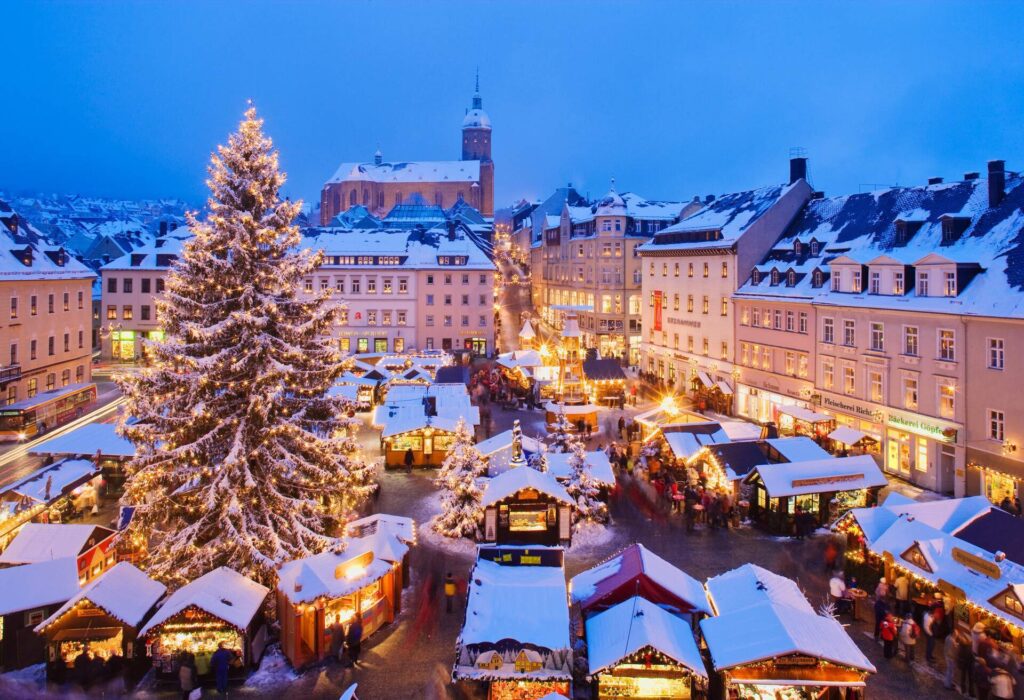
As technology continues to play an increasingly prominent role in our lives, German Christmas markets have embraced innovative digital solutions to enhance the visitor experience and extend the reach of the festivities beyond the physical market grounds. Virtual reality (VR) tours and augmented reality (AR) apps allow users to explore Christmas markets from the comfort of their own homes, immersing themselves in the sights and sounds of the season without ever leaving their sofas. These digital experiences offer a unique perspective on traditional holiday traditions and provide an opportunity for people around the world to participate in the magic of German Christmas markets.
Furthermore, social media platforms and digital marketing campaigns have become integral tools for promoting Christmas markets and engaging with audiences in real time. From Instagram-worthy photo opportunities to live-streamed performances and interactive contests, social media channels offer a dynamic platform for sharing the excitement and allure of German Christmas markets with a global audience. By harnessing the power of technology and digital innovation, Christmas markets are able to connect with visitors in new and innovative ways, ensuring that the magic of the season transcends geographical boundaries and cultural barriers.
Conclusion
In conclusion, Christmas in Germany is a celebration of tradition, community, and innovation, where centuries-old customs and rituals converge with modern-day innovations and eco-friendly practices. From the enchanting atmosphere of the Christmas markets to the rich tapestry of cultural traditions and charitable initiatives, the holiday season offers something for everyone to enjoy and cherish. As we continue to embrace the spirit of giving, inclusivity, and sustainability, German Christmas markets serve as shining examples of how the magic of the season can inspire positive change and bring joy and hope to people around the world. So, whether you’re savoring the flavors of a freshly baked Stollen or marveling at the twinkling lights of a Christmas tree, take a moment to appreciate the beauty and wonder of Christmas in Germany, where the spirit of the season truly shines bright.

